Combining Research With Space Operations
The need for key domain awareness in areas untracked before in deep space has a unit of the U.S. Space Force fostering cutting-edge research and development and pushing advancements into operations as quickly as possible.
As one of four squadrons in the U.S. Space Force’s two-year-old Space Delta 2, the new 15th Space Surveillance Squadron is advancing ground-based optical capabilities. At the same time, the squadron is providing combat-ready space domain awareness to the service’s Space Operations Command, other Space Force stakeholders, the U.S. Space Command—the newest U.S. combatant command—and the greater Department of Defense community, according to the commander of the 15th Space Surveillance Squadron, Lt. Col. Phillip “Wags” Wagenbach, USSF.
The 15th will have to perform that mission for cislunar space, a growing area of geopolitical importance that extends way past geosynchronous (GEO) orbit to the moon and beyond.
“I’d say the big push for fiscal year 23, and this isn’t necessarily just our push, is how to handle domain awareness in the region of space outside of GEO, in cislunar, XGEO,” Col. Wagenbach stated. “It’s got multiple different names depending on who you’re talking to, but effectively, it’s the area out around the moon, lunar orbits and how can we do [for cislunar] all the things that we’re expected to do in the GEO environment where orbits are very predictable. We understand GEO really well, but how do we better understand and provide the domain awareness of what’s going on well outside of GEO? Not only is it a huge volume, but the orbital parameters are different.”
Stood up officially in late May, the 15th “still has a lot to do,” Col. Wagenbach shared. “We have the initial framework set up, but the people, the billets, the funding, all of that is still being worked out in terms of how to best align that as we are really shifting the focus, and for us, it is more of changing the lead organization,” he clarified. “Prior to the activation of the squadron, the lead entity out here was the Air Force Research Laboratory [AFRL]. Now Space Operations Command is the lead entity, but that doesn’t diminish the contributions and the personnel that the research lab still has here.”
The 15th now operates the Maui Space Surveillance Complex, which includes the Ground-Based Electro-Optical Deep Space Surveillance (GEODSS) system located on top of Haleakalā, 10,000 feet above Maui’s shoreline. The squadron took over the GEODSS responsibility from the Delta’s renamed 20th Space Surveillance Squadron. The other two GEODSS, also under the 15th, are in Socorro, New Mexico, just south of Kirtland Air Force Base, and on the island of Diego Garcia.
The complex’s assets—like the GEODSS—give the squadron the ability to track objects in cislunar. The bigger question, the commander said, is how to perform orbital predictions and communicate that data to another sensor or unit.
The other challenge is “that the moon is very bright and that makes it difficult to see things that are dimmer optically,” Col. Wagenbach stated. “That’s where you need multiple answers … that are not just optics and telescopes. Radars and other sensors are also important to that whole mission. We at the 15th are focused on optical solutions, but that’s not always the best solution for what you’re trying to do. Having us as part of Delta 2, where you’ve got radar expertise and a lot of data fusion expertise at the other units, is really valuable.”
There will not be a tremendous change in how the 15th operates the inherited assets, especially with GEODSS, which is considered a fundamental baseline system that “is very locked down, and has a very strict configuration management, very strict mission and tasking.”
The 15th is also in charge of AFRL research and development (R&D) assets, which include three large aperture systems: the 3.6-meter telescope called the Advanced Electro-Optical System (AEOS) and the 1.6 m and the 1.2 m systems. The AEOS was built in the ’90s “with R&D in mind,” and is a “fantastic system that we can use to test out new sensors, new smaller aperture telescopes and just all kinds of different things,” the colonel stated. “AEOS provides us the flexibility to do without some major effort.”
The 1.6 and 1.2 telescopic systems “have been up on Haleakalā since the ’60s and they’ve been substantially upgraded with new sensors and new hydraulics,” he continued. “The beauty of this observatory is that it is a lot easier to tech refresh than space-based systems that you can’t access.”
Both types of operational and research assets provide key data streams to the two other units in the Delta—the 18th and 19th Space Defense Squadrons—including information that is needed for their work in maintaining the operational picture of space. “We can get the data back to them so that they can ingest it back into the models they need so that the folks higher up keeping track of what the operational picture looks like in space can understand what’s going on in the domain,” Col. Wagenbach shared.
For its research and development efforts, the 15th will concentrate initially on data processing, autonomy, telescope effectiveness and new object detection, among other efforts.
“An area that we are working on for research is how to more efficiently process the data so that we’re not chasing things that aren’t there, that are artifacts of the system,” Col. Wagenbach explained. “You do that by tracking with multiple telescopes and sensors so that you’re not trying to track something that was just noise in the data. The other aspect of that is also processing the data so that we can actually share the meaningful information and send the meaningful information back to the national level command and control centers that are trying to keep track of what’s going on in orbit.”
The squadron is building off the DOTS AFRL flagship program, or Dynamic Optical Telescope System, which links the Maui complex’s assets together in an autonomous fashion. “DOTS would observe the sky at night and find all of the satellites that it could detect and compare that to a catalog autonomously,” he said. “Anything that wasn’t in the catalog, it would queue for further follow-up through the sensors here.”
That kind of built-in autonomy is now a baseline for future ground-based system architecture. “Some of those techniques have moved already to GEODSS in terms of how they do their searches, but there’s just not as much flexibility in that system, so we are also injecting that into the future generation of ground-based sensors,” he said. “That autonomy and data processing, and having the ability to use modern computing techniques, artificial intelligence and machine learning … help us make better sense of the data in a quicker fashion. That’s been the struggle. And with the increasing number of objects in space that we have to track and keep track of, building in as much autonomy as possible is what we have to do because it’s just impossible for a human to keep up with all of the different things that are happening in deep space.”

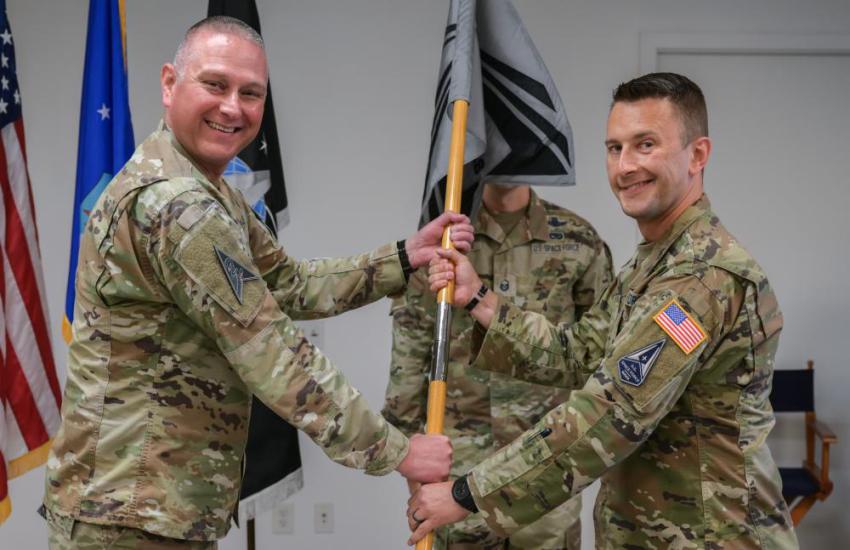
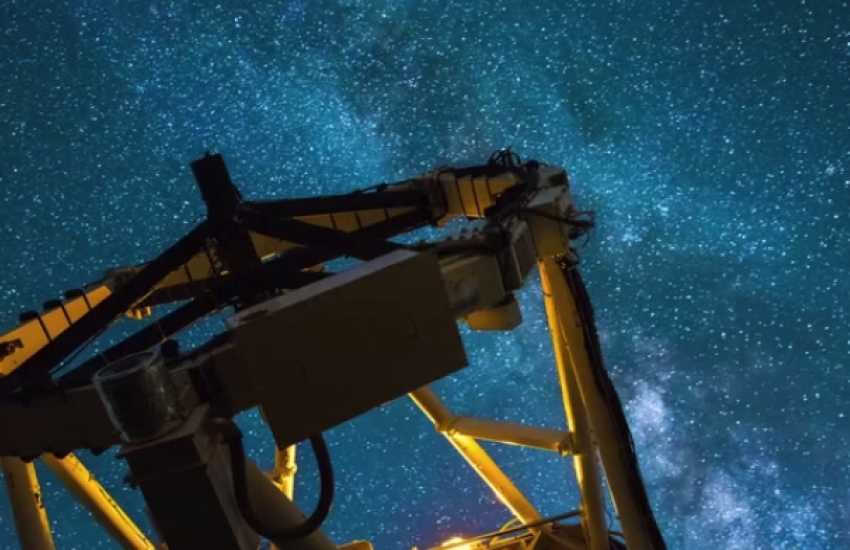
The 15th also is working on the challenging problem of “always improving” telescope sensitivity. “In deep space, as things get smaller, they get dimmer,” he suggested. “They get harder to see, so that’s always a good thing to try to drive up, to improve what you can actually distinguish from noise or distinguish between two objects that are really close together. At geosynchronous orbit, that is really, really far away, so being able to tell that there’s two objects instead of one is very important.”
In addition, the squadron’s research is focusing on improved object detection constructs. “Another area of research is, if we have a new object, figuring out how to reduce the amount of time it takes to get an initial orbit determination because that’s how we can communicate to other sensors on where to look,” Col. Wagenbach said. “But it is only half the problem for us to sense and detect something.”
The Maui Space Surveillance Complex includes the High Performance Computing Center, a key asset that now operates “as a hybrid R&D and operational site executing a mix of research, operations and customer program support for the space domain awareness mission,” according to a document from the 15th. That retooling of the center’s mission will directly benefit the squadron’s efforts, the commander emphasized.
“That’s a great resource to have, for multiple reasons,” Col. Wagenbach said. “It’s a huge advantage for us that it is on the same island. And the fact that it’s tied so closely to the Space Force, we can use their compute resources to further our research much more quickly, especially with the advent of artificial intelligence, machine learning models. And the fact that we don’t have to move the [associated] data sets is an advantage because the distances in the Indo-Pacific are a very real thing. Even at the speed of light, if you’re moving gigabytes and petabytes of data, that’s going to take a lot of time.”
The squadron hopes to leverage the center’s other role of being the leading edge for all the Defense Department’s supercomputing resource centers. “They are evaluating the latest and greatest in supercomputing technology, doing those assessments and then providing that back to the broader defense supercomputing research centers,” the colonel stated. Notably, the University of Hawaii is the main contractor that supports the HPCC [High Performance Computing Center] on Maui and is the entity that also manages the land at the summit of the Maui Space Surveillance Complex. “We have very, very strong ties to University of Hawaii to conduct our mission,” he added. “We wouldn’t be able to do our mission without them.” The commander also identified the many contractors that vitally support the complex.
For the greater space domain awareness community, the squadron is involved in the annual Advanced Maui Optical and Space Surveillance Technologies Conference, hosted by the Maui Economic Development Board. This year’s event was held virtually and in-person during the last week in September.
For companies that are interested in possibly supplying space domain awareness solutions, the commander encouraged firms to look at the squadron’s programs, such as their Small Business Innovative Research effort through AFRL or other technology evaluations.
Lastly, Col. Wagenbach acknowledged that the squadron’s unique construct requires great teamwork across the 15th, AFRL, Delta 2 and the Space Operations Command. The squadron signed agreements with stakeholders to specify resource utilization and who does what. He admitted that shift of responsibilities is an adjustment.
“It just takes a lot of organizational changes and getting enough momentum to get everyone to agree that this is the way it will move forward,” the commander said. “And the boundaries between a development system and operational system or a research asset and an operational asset aren’t very clear sometimes…. It is my charge to find the balance between research priorities and operational priorities. Putting that decision down to the squadron commander level is very helpful because decisions can be faster.”


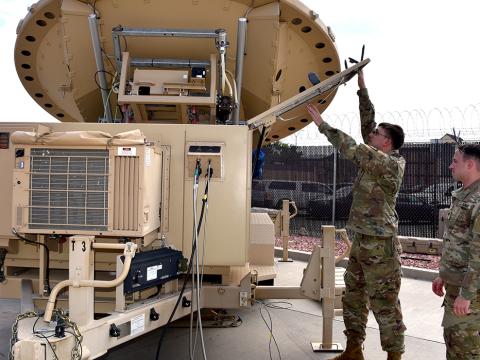
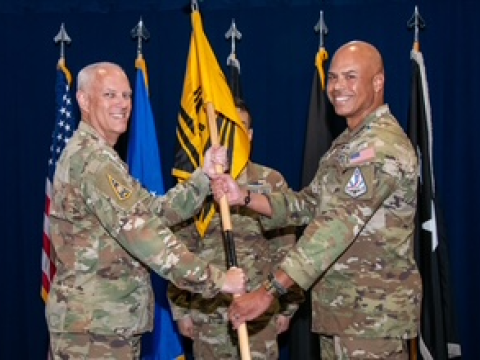
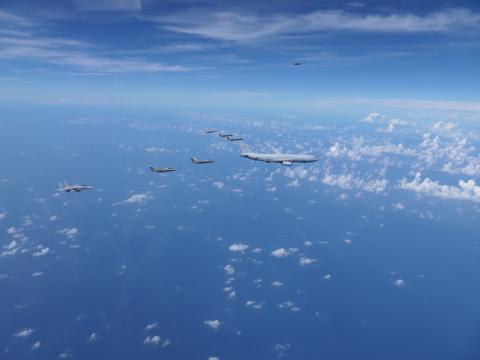
Comments